Considering braces at 30? Here is everything you need to know about the options plus what to expect before, during, and after braces at 30.
In recent years, more and more adults are deciding to get braces in their 30s. I know several people who have done just that and I myself chose to do Invisalign as an adult.
Whether it’s for a cosmetic purpose for straighter teeth or to correct an orthodontic problem that wasn’t addressed during childhood, getting braces as an adult can be both beneficial and necessary for your oral health.
For me, I chose to do it because after having my wisdom teeth removed (an oral surgery) in my teenage years, my front teeth shifted with the new extra space in my mouth. I didn’t like that my teeth were not straight anymore so I choose to do Invisalign.
Another primary reason many adults 30 and over choose to get braces now is for financial reasons. If orthodontics weren’t covered by insurance, most parents opted not to pay for them in the 1980s and 1990s.
There is no age limit for braces – many older adults choose to get them all the time. Patients of all ages can benefit from braces treatment and treatments plans under orthodontic care. The best time to get them is now!
This blog post will cover why adults get braces, the type of braces for adults, how to prepare with braces, what it’s like having them, and maintenance after braces.

What are some reasons adults get braces?
There are three main reasons why adults might choose to get braces in their 30s. These include addressing cosmetic concerns, improving dental health, and correcting previous orthodontic work.
Some adults may choose to get braces for purely aesthetic reasons. Braces can give your smile a much-needed boost and make you feel more confident in your appearance.
For some, it may be related to professional advancement factors such as job interviews and presentations. Having straight teeth can help you look more professional and confident during these sorts of scenarios.
In addition to the cosmetic benefits of braces, there are also orthodontic reasons that may make braces necessary for adults.
For instance, if an adult did not have their teeth properly aligned during childhood, the jaw might be affected and require braces to correct any bite issues like misalignments or overbites.
Braces can also help to correct any dental problems caused by crooked teeth such as overcrowding, gum recession, and tooth decay as they create a straight smile.
They can also fix problems created by braces in childhood such as overbites, cross bites, and open bites.
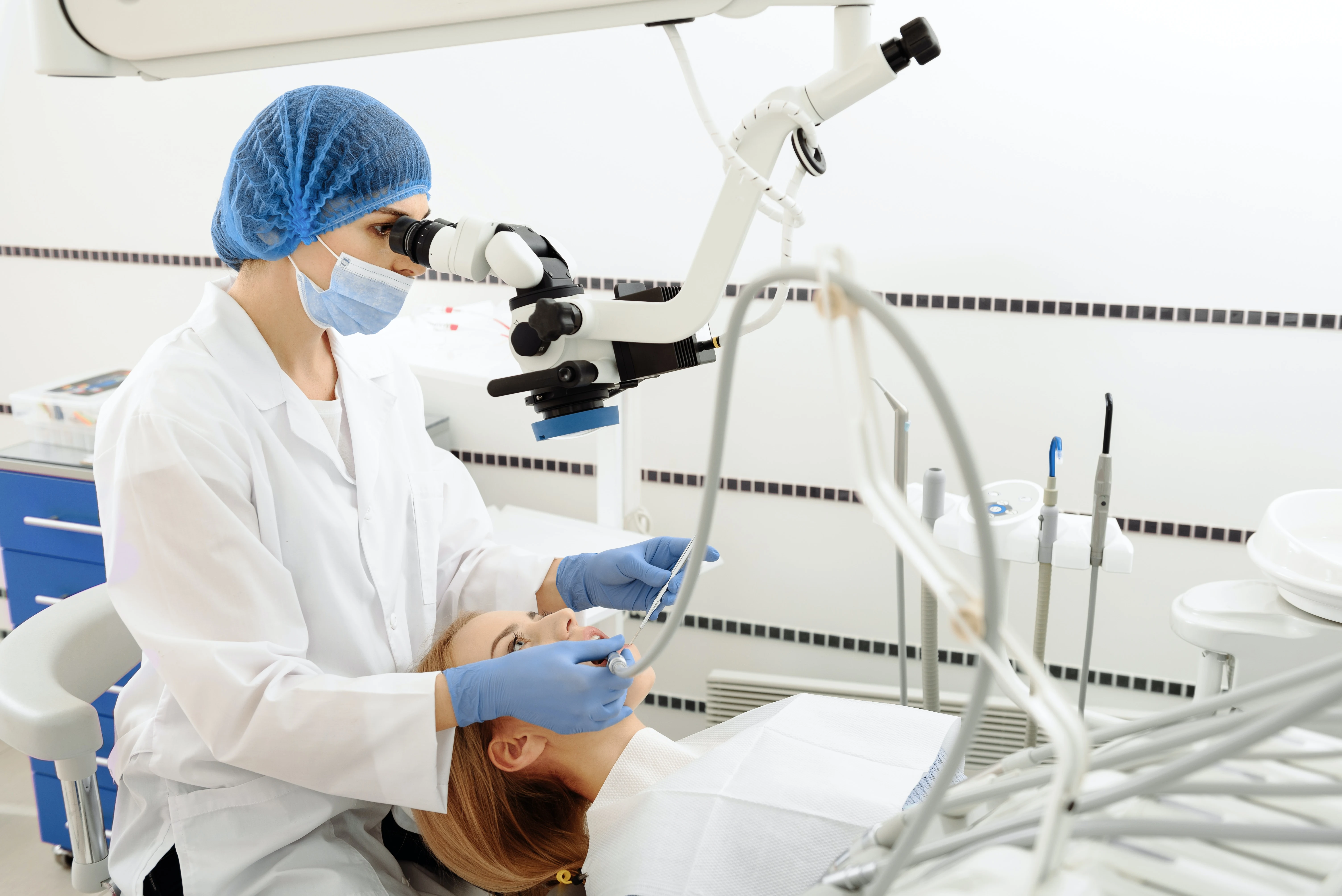
What kind of braces are available for adults?
When it comes to choosing the right braces for an adult, there are several options available.
Traditional metal braces are the most common and cost-effective option, while less visible alternatives like clear ceramic brackets or lingual braces (braces placed behind the teeth) can provide a more discreet look.
If your budget allows, you may also want to consider Invisalign, which is a form of braces that uses clear aligners to help move teeth into their desired position.
Each of these has their own pros and cons as well as price to consider.
What are the pros and cons of traditional metal braces?
Traditional metal braces are the most common type of braces for adults. They’re generally less expensive than other types, and can be customized to fit your needs.
According to the American Academy of Orthodontics, metal braces also have a higher success rate compared to other options, so they are often recommended by orthodontists as the best choice for correcting alignment issues.
However, metal braces can be more noticeable and difficult to clean. They may also cause irritation of the gums and cheeks which can lead to discomfort and even pain.
You also cannot remove them. Some people prefer braces like this simply because they know themselves and won’t wear the Invisalign trays enough for the treatment to actually work.
What are the pros and cons of clear ceramic bracket braces?
Clear ceramic braces provide a more discreet look compared to traditional metal brackets.
They’re also less likely to irritate the gums and cheeks, since they’re made from a smooth material.
However, clear ceramic brackets are more expensive than metal braces, and can be prone to staining or discoloration.
Additionally, they tend to require more frequent adjustments which can increase the overall cost of treatment. Young adults often experience a shorter treatment plans than older adults.
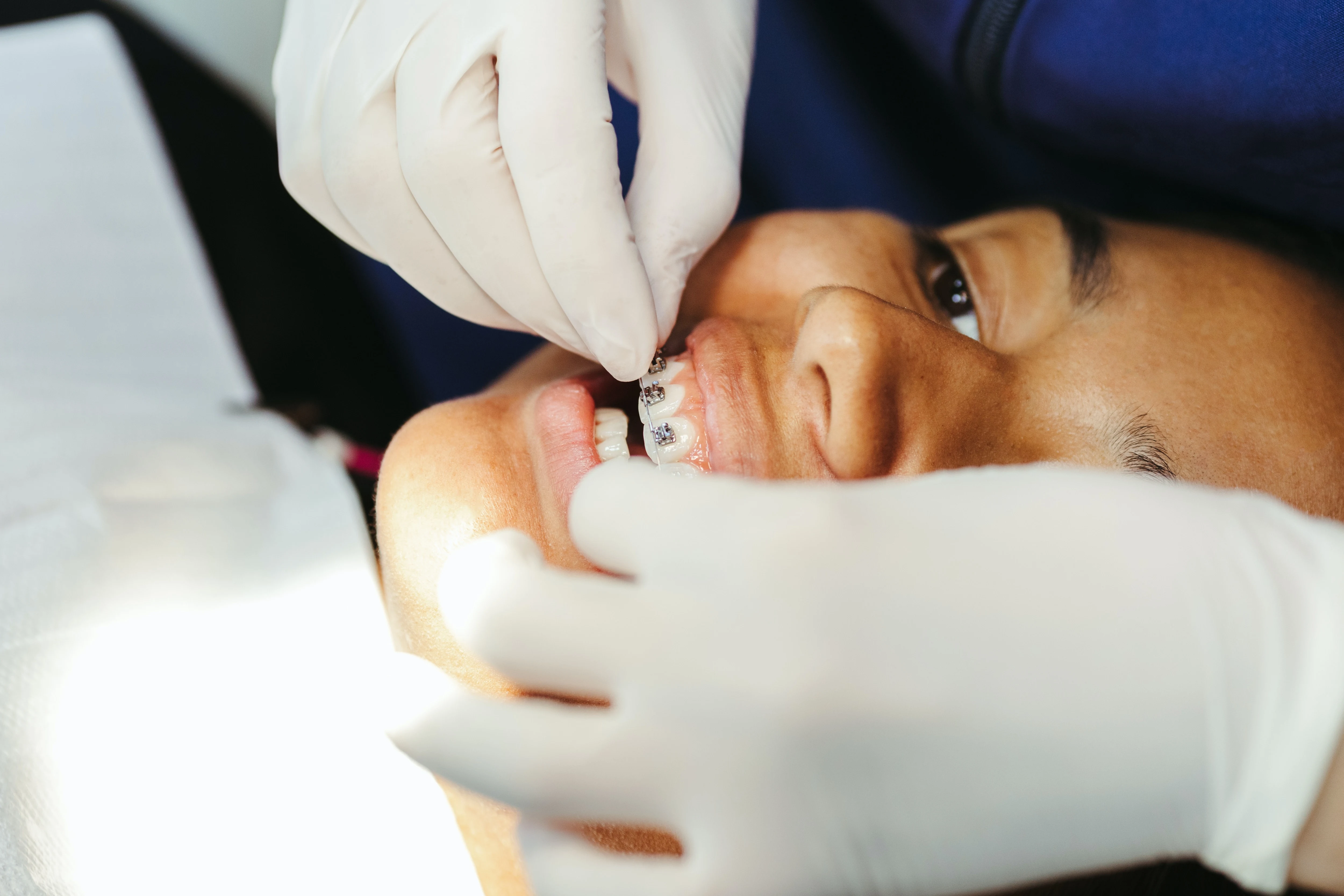
What are the pros and cons of lingual braces?
Lingual braces are attached to the back of your teeth instead of the front, making them virtually invisible from the outside. They also don’t require as much maintenance as other types of braces.
However, lingual braces can be more difficult for orthodontists to adjust and take longer to complete treatment than traditional metal braces.
They’re also more expensive than other types of braces, and can be uncomfortable for some people due to the placement on the back of the teeth.
I had a permanent retainer installed behind my teeth when I completed my Invisalign and I truly hated the feeling of it. I ended up having it removed and choose to go with nightly retainers instead.
What are the pros and cons of Invisalign?
Invisalign is a great option for adults who want to straighten their teeth without the look of traditional braces.
The treatment involves wearing clear plastic trays that are custom-molded to fit your teeth, and they can be taken out while eating or drinking so you don’t have to worry about food getting stuck in your braces.
Invisalign is also more comfortable than traditional metal braces, as there are no sharp edges that can cause irritation.
However, Invisalign is the most expensive option, and it’s not suitable for everyone.
Additionally, you must be diligent about wearing your aligners as prescribed by your orthodontist for best results.
Most people I know who have or have had braces as an adult opt for clear ceramic brackets or Invisalign.
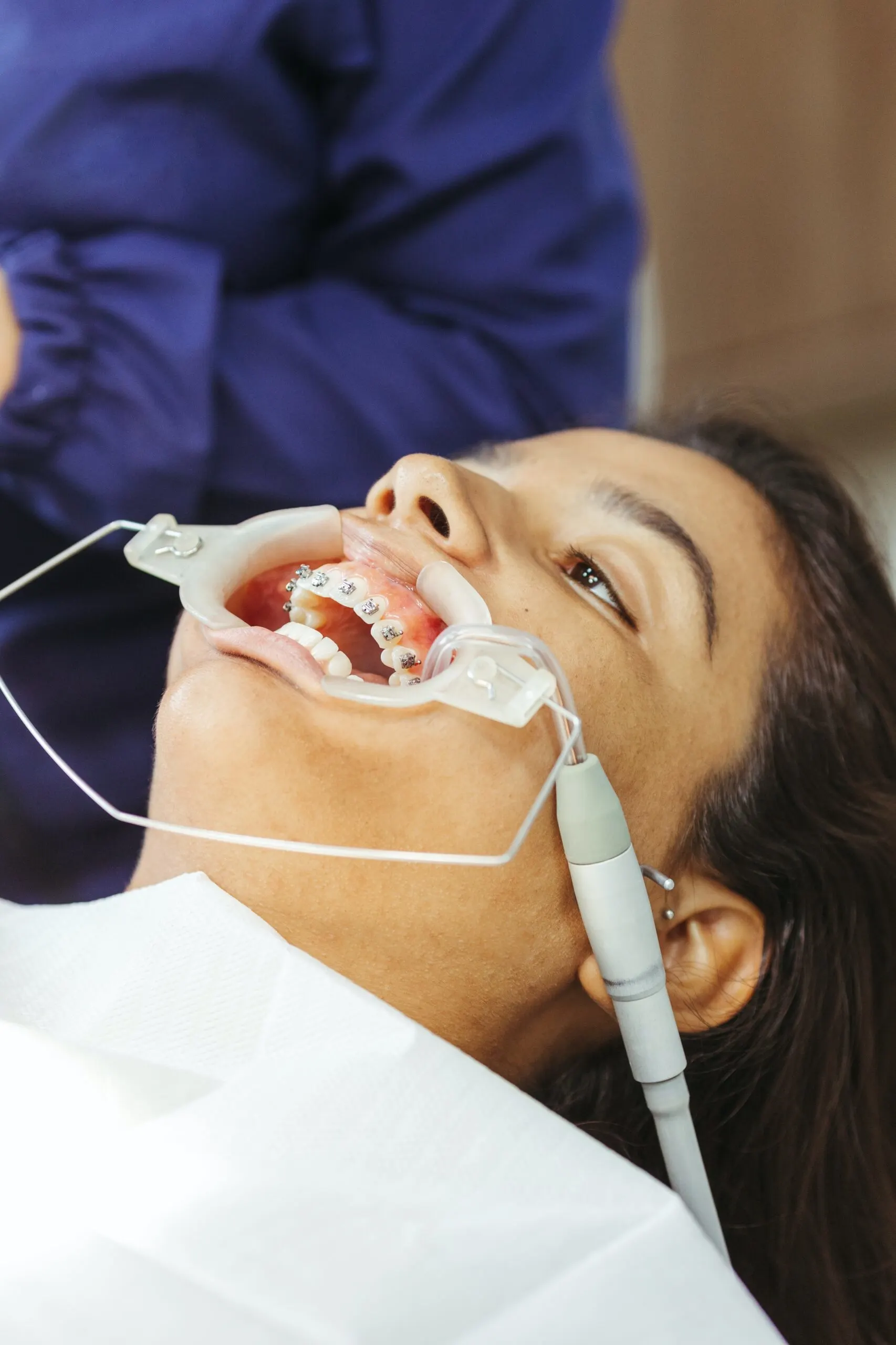
Why would someone not be good candidate for braces?
Adult patients with dental issues like gum disease, cavities, or bone loss may not be good candidates for braces.
Additionally, people who are poor oral hygiene may not get the best results from braces, since plaque and tartar can build up on the teeth which can make them difficult to clean.
People with severe misalignment issues could also require more extensive treatment than just traditional braces, such as jaw surgery or headgear.
It’s important to talk to your orthodontist if you have any concerns or questions about the best treatment options for your individual situation. In some cases, a combination of treatments may be recommended in order to ensure the best outcome.
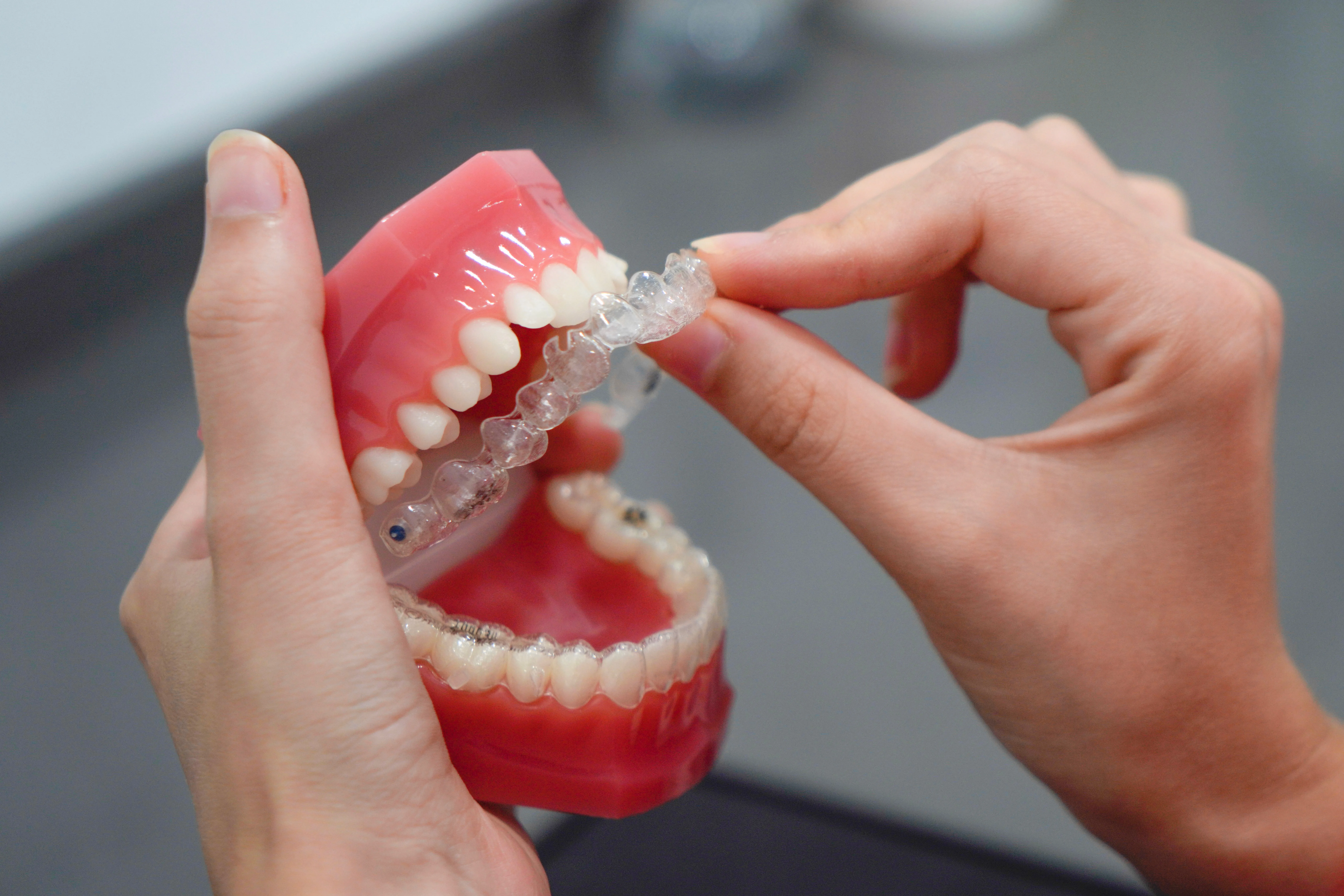
How should an adult prepare for braces?
Before getting braces as an adult, it’s important to be prepared.
When getting braces in your 30s, it is important to make sure that you are going to a qualified orthodontist for the procedure.
An experienced orthodontist will be able to assess your individual needs and determine the best treatment plan for you. Get a second or third opinion if you are uncomfortable with what you have been told.
Your treatment time may vary but the good news is different options may have different treatment lengths.
Once your braces are in place, it’s also important to commit to good oral hygiene habits. This includes brushing twice a day and flossing once a day, as well as visiting your dentist regularly for check-ups.
You should consult with your dentist or orthodontist to discuss the duration of your treatment and any special instructions they might have before beginning the process.
When I chose to have Invisalign as an adult, my treatment was around 7 months long, including refinements (the process after the initial Invisalign trays to correct any remaining issues). This is shorter than most treatments.
Be sure to ask questions about how long it will take for you to see results, what type of braces are best for your situation, and what foods and activities should be avoided during treatment.
You may also want to consider investing in wax or other specialized products to help make the process more comfortable.
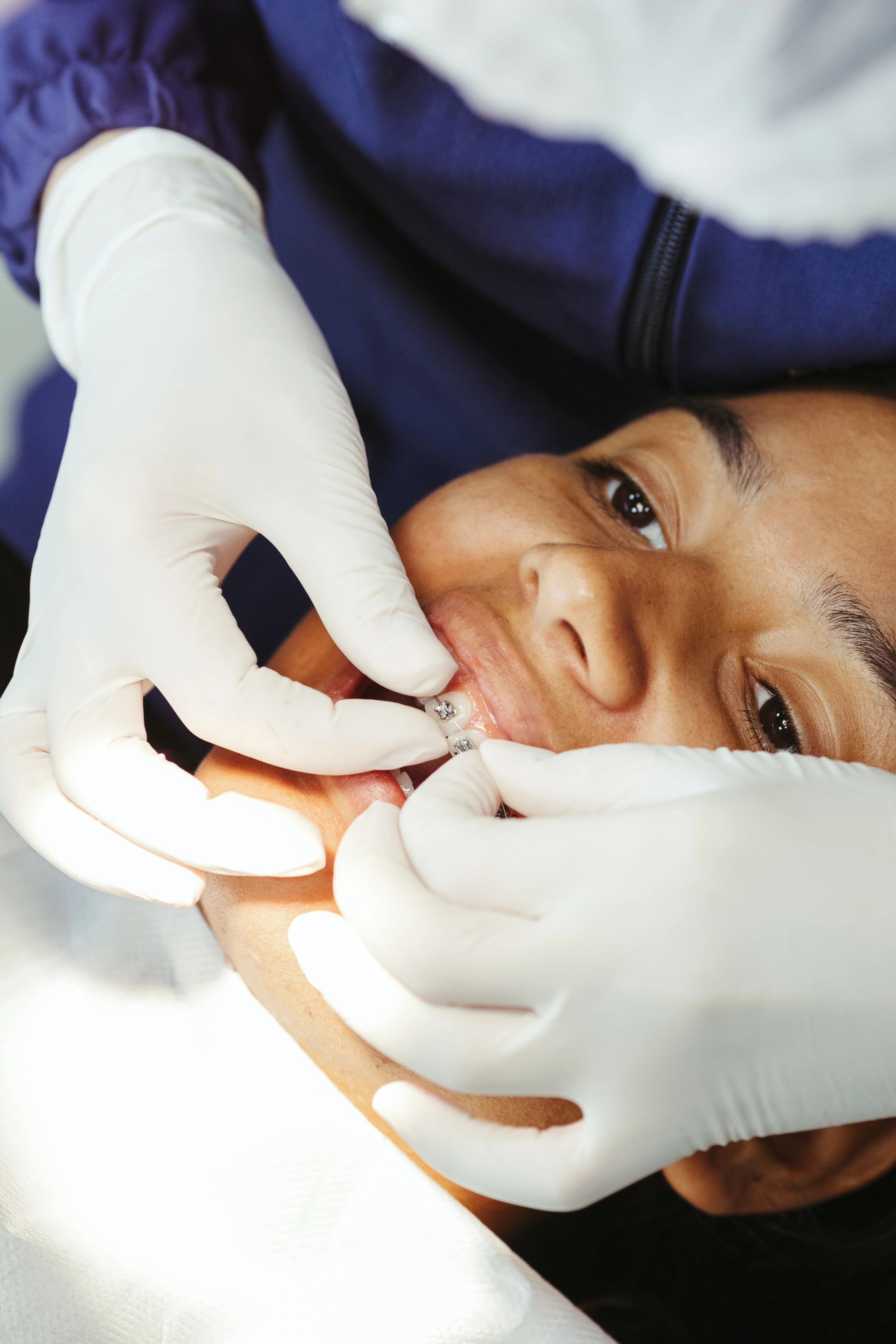
What is it like to have braces as an adult?
Having braces as an adult can be a bit different than getting them in childhood.
For one thing, you’ll need to be more mindful of what you eat and how often you brush your teeth as a result of the brackets and wires.
Certain foods such as sticky candy or hard candy should be avoided altogether while others, like popcorn or nuts, will require extra care when eating to prevent damage to the braces.
In addition, you should brush your teeth carefully after every meal and floss at least once a day in order to ensure that your mouth stays healthy while wearing braces.
It’s also important to be aware of any pain or discomfort that comes along with the process. While it’s normal to experience some level of discomfort, you should contact your orthodontist if the pain persists or becomes unbearable.
You might also feel self-conscious while wearing your braces as an adult. If that’s the case, talk to your orthodontist about other options such as Invisalign or clear braces.
Also the longer you wear them, the more you adapt. Most people will not even notice and if they do, they know that they are temporary.
Keep your mind focused on the end results and it will be easier to appreciate the braces will you have them, even if they don’t look the best.
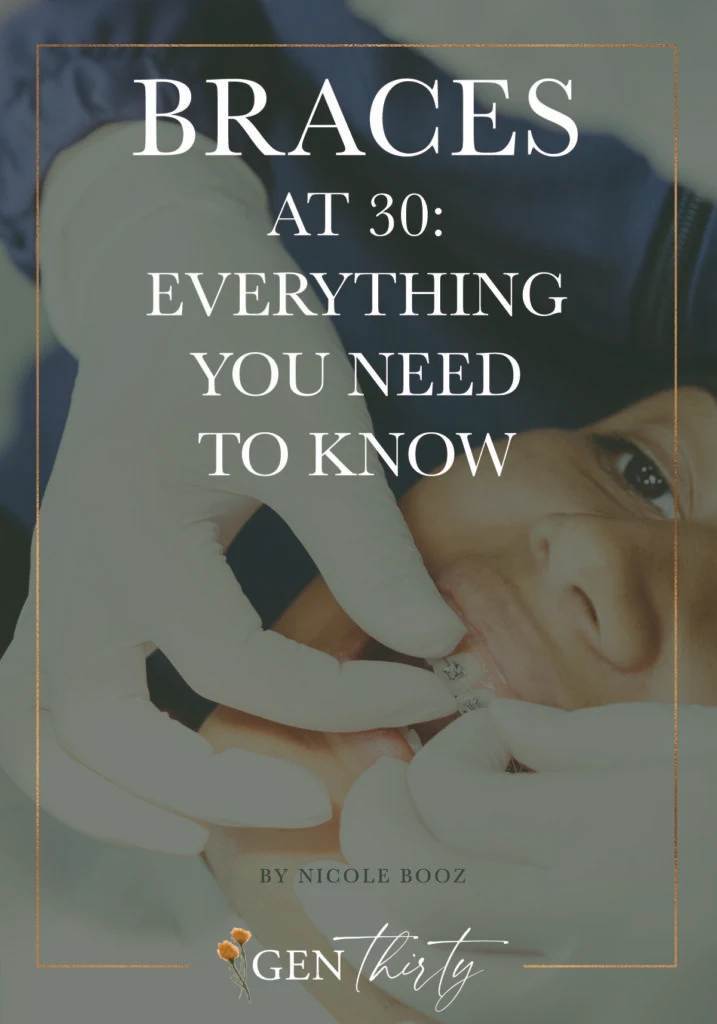
What happens after braces?
Once you finish your course of treatment with braces, you’ll want to be sure to maintain the results. This means regular visits to the dentist and/or orthodontist for check-ups and cleanings.
Your orthodontist will recommend wearing a retainer after completing your treatment in order to ensure that your teeth stay in place. This is typically a forever kind of thing – you will always need to wear your retainer to ensure your results stick.
You will likely be given specific instructions on how often you should wear the retainer every day, as well as how long it should stay in place.
Be sure to follow these instructions in order to maintain the results of your braces.
I know many people who have not worn their retainers properly and have needed to get braces again to fix issues that came up.
I personally did not wear my retainers for a few months and my teeth did move in that short amount of time. I personally opted to have new retainers made instead of repeating the braces process.
Many adults who go through the braces process, no matter which type, choose to get their teeth whitened post-treatment.
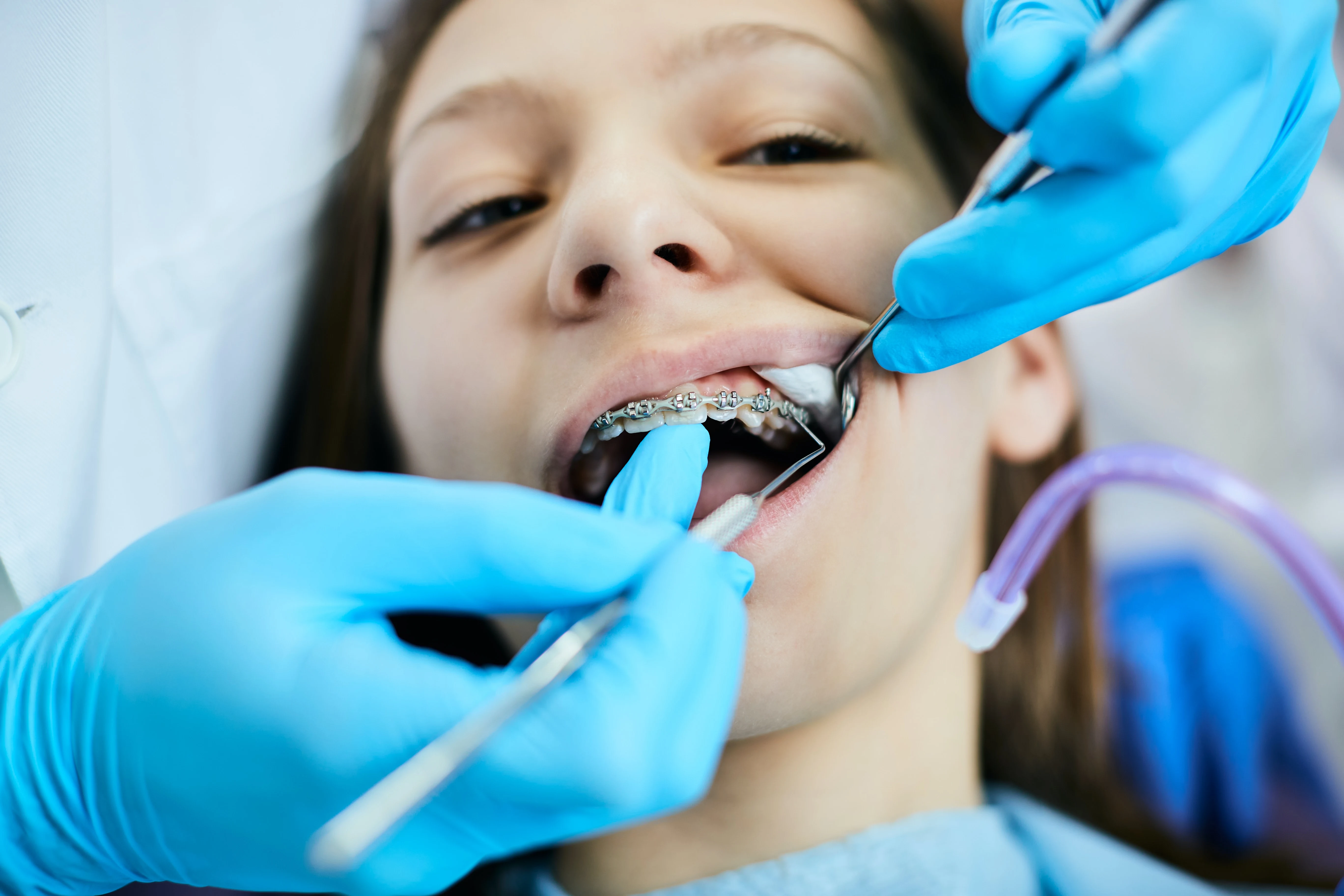
In Summary: Braces at 30
Getting braces as an adult isn’t always easy, but it can make a big difference in the health and appearance of your smile.
Adult braces have their pros and cons but most of us with adult teeth that we want to fix are really glad we went through with dental braces.
Each type has it’s own pros, cons, and cost. So be sure to check with your dentist and/or orthodontist for what you might be the best candidate for to get your perfect smile!
With diligent care and maintenance, you can enjoy a beautiful smile for years to come!
